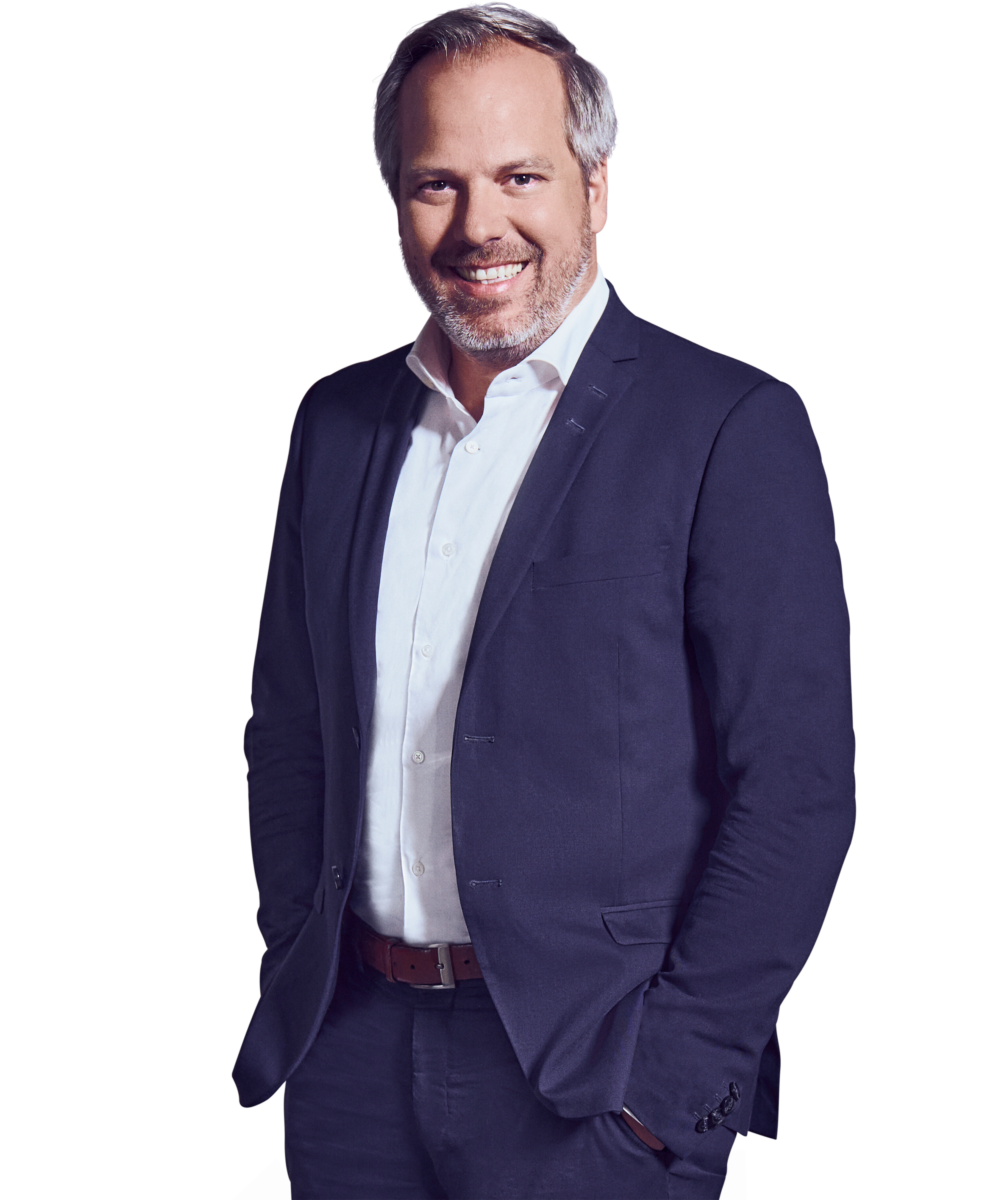Publication
Increased supplier recourse

Hidden potential of warranty and goodwill costs
Early wear of the synthetic leather seats in the new sports car, faded parquet planks, brittle rubber coating on the tool handle, corroded garden furniture and a leaking coffee machine – what now? The customer is angry and for the manufacturer the question of responsibility arises – was it natural wear and tear or is it a warranty case? Is the defective product component a purchased part? And at the end of the day: who is responsible for the damage caused?
A large proportion of warranty and goodwill costs are caused by suppliers
Our experience shows that a large proportion of warranty and goodwill costs are caused by suppliers. In other words – the damage caused is due to a defect in the purchased part and was probably already present at the time of the handover by the supplier to the product manufacturer. In this case, the product manufacturer may assert claims against its supplier with regard to subsequent performance, withdrawal from the contract or reduction of the purchase price or even damages. However, the existing recourse revenues of the product manufacturers are usually very low in the benchmark. In addition, there is often little transparency in the company about the levers to increase recourse revenues, plus a lack of consistent processes. This means that many companies have untapped potential.
Procedure for supplier recourse
The optimisation projects at our customers focus on increasing recourse income, reducing recourse-induced expenses and improving liquidity. In order to create a basis for the identification of possible optimisation potentials, we first carry out an analysis of the warranty and goodwill costs, supplemented by an industry-specific benchmark examination. The aim of the investigation is to establish transparency around the existing cost situation in the respective company and to identify possible optimisation approaches. In addition, we examine the existing recourse objective as well as the “recourse process chain” and carry out a comparison with best practice approaches. In conclusion, this allows us to optimise the recourse objective as needed and to identify potential process gaps and process optimisation requirements of the “recourse process chain”. In addition to the development of the business management processes, we then define a holistic set of measures together with our customer, including monetary evaluation, implementation plan and target agreement. If required, an immediate package of measures can be formulated to exploit existing potentials promptly and efficiently.
Increase in recourse return flows by an average of 16%
The result of our already tried-and-tested approach is usually an immediate increase in recourse revenues and thus an intra-year EBIT increase. Our project experience shows that recourse return flows can be increased by an average of 16% after three years. Our customers also obtain complete transparency around their recourse processes. The associated professionalisation of the processes also makes it possible to leverage long-term potential. A further consequence of the increase in the supplier recourse is also a medium-term increase in the supply quality.
Would you like to learn more about this topic? Please contact us for a no-obligation discussion!








